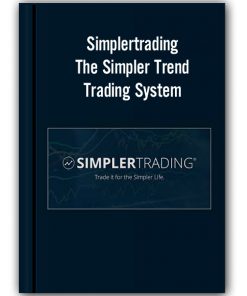Catherine M. Schrand – Hedging & Coordinated Risk Management
Only registered users can download.
Please LOGIN/REGISTER
Hedging & Coordinated Risk Management
About this book
We provide an explanation for hedging as a means of allocating rather than reducing risk. We argue that when increases in total risk are costly, firms optimally allocate risk by reducing (increasing) exposure to risks that provide zero (positive) economic rents. Our evidence shows that mutual thrifts which convert to stock institutions increase total risk following conversion, consistent with their increased abilities and incentives for risk taking. They achieve this increase by hedging interest-rate risk and increasing credit risk. We provide some evidence that risk management activities are related to growth capacity and management compensation structure attained at conversion.
Author: Catherine M. Schrand
Professor Catherine Schrand’s research primarily focuses on risk management and disclosure. Her research has been published in top-tier academic journals including Journal of Accounting and Economics, The Accounting Review, Journal of Finance, Journal of Financial Economics, Review of Accounting Studies, and Contemporary Accounting Research. She is an associate editor of Journal of Accounting and Economics, Journal of Accounting Research, and Journal of Financial Services Research. She is the author (along with Patricia Dechow) of Earnings Quality, and of Understanding earnings quality: A review of the proxies, their determinants and their consequences (with Weili Ge and Patricia Dechow).
Be the first to review “Catherine M. Schrand – Hedging & Coordinated Risk Management” Cancel reply
You must be logged in to post a review.
Related products
Forex & Trading
Personal Development
Forex & Trading
Forex & Trading
Forex & Trading
Forex & Trading












Reviews
There are no reviews yet.